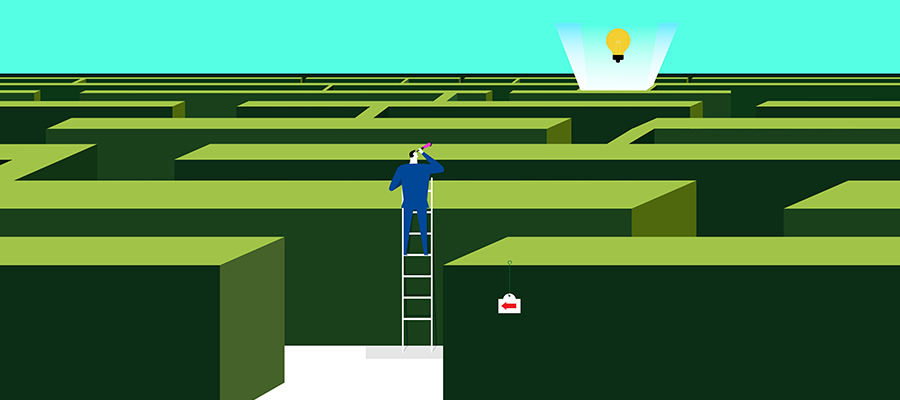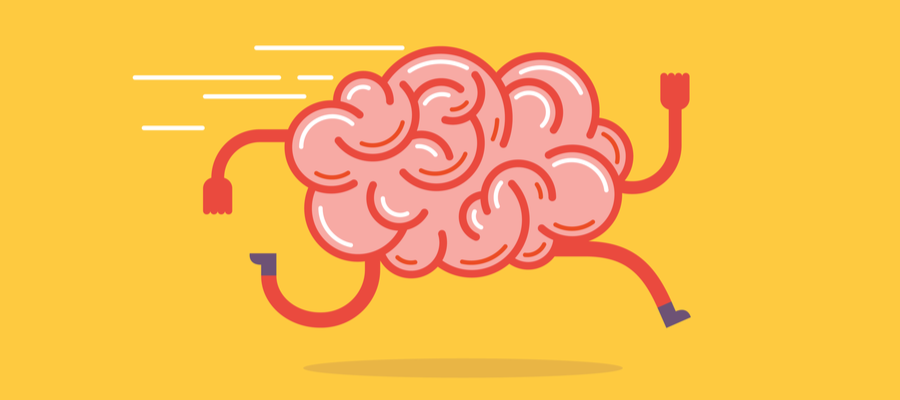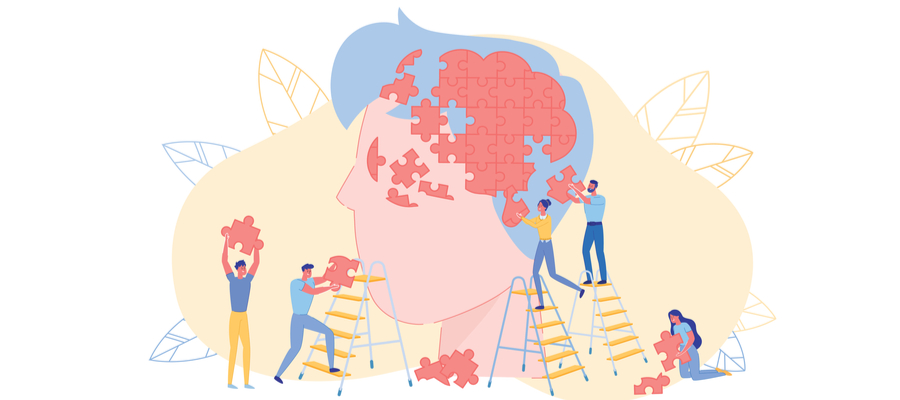Cognitive Bias in Education: the Pygmalion Effect
Many of the judgments we make daily, although they may seem sensible to us, are, in fact, far from rational and can lead us to make bad decisions. These erroneous judgments are called cognitive biases, and some 250 different ones are known to date.










